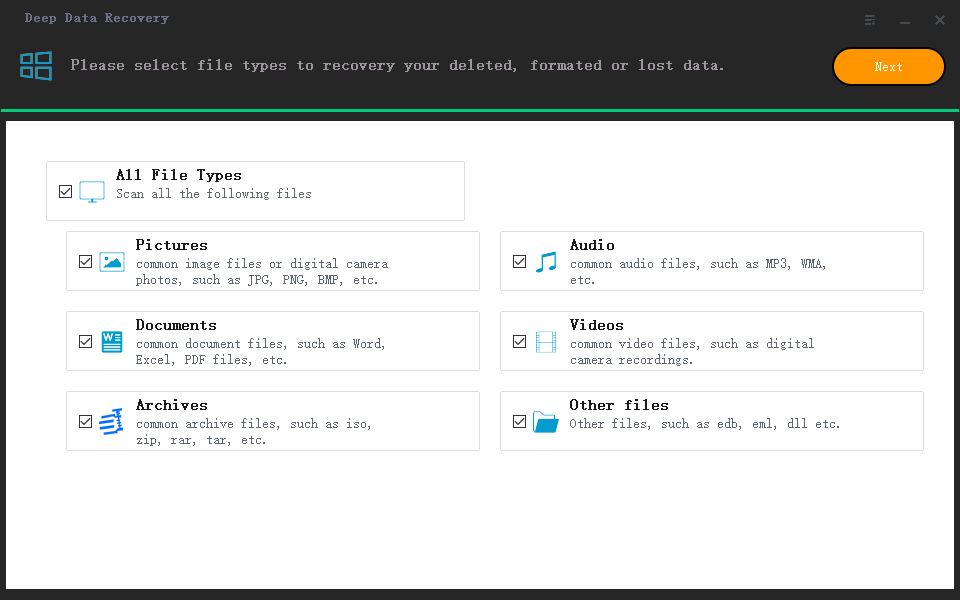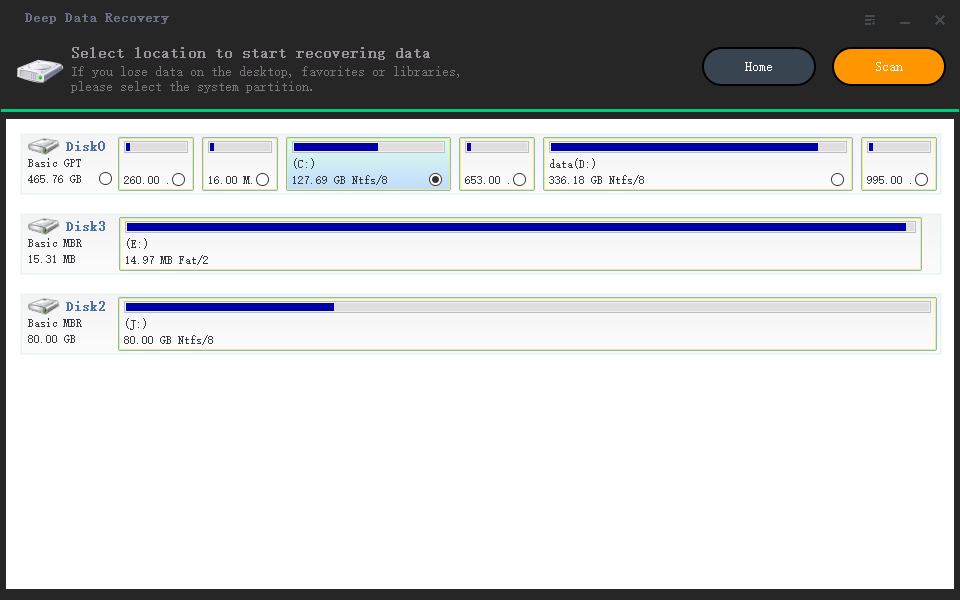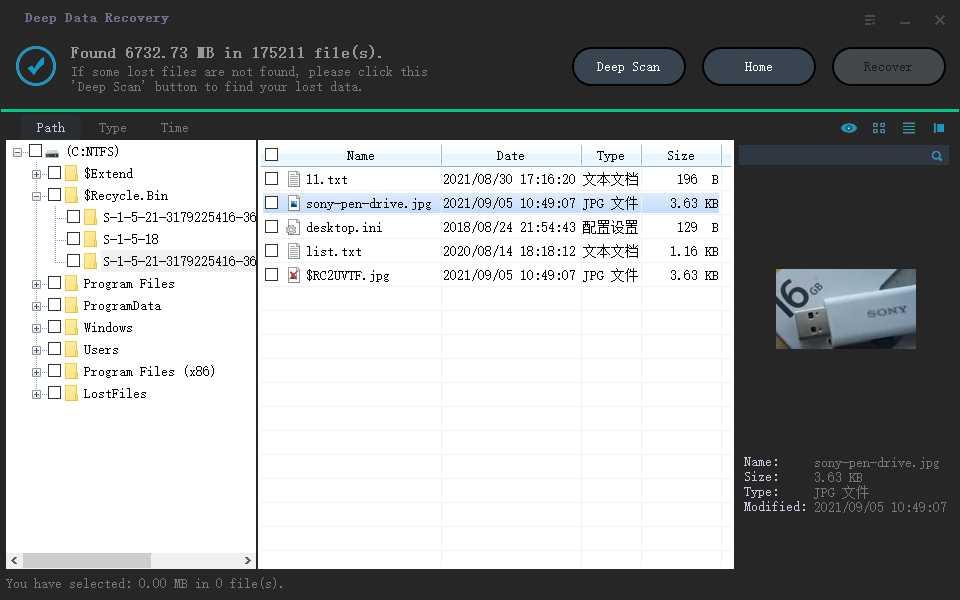How to Undelete Data on Mac OS X
How to Undelete Data on Mac OS X
To learn how to undelete data on Mac OS X, you'd better know what deleting a file means first. When you removing a file, the OS just erase the entry instead of the content of this file. It means space now is free and available for new data. That's why usually you can not find your file after deletion.
In this case, if you find you deleted some important files you want by mistake, you can take measures to get them back.
First, don't write anything new data to the hard drive or device where the lost item exists. Ideally don't use the disk or device at all. Next, you can consider using a professional Mac data recovery software which is available for Mac OS X to retrieve the deleted data.
Undelete File Recovery Software for Mac Free Download
Here, the appearance of the powerful Mac data recovery software - Deep Data Recovery for Mac is a good news. It can not only help you undelete data on Mac OS X easily. Usually, it works in two stages: scanning the disk/device to find lost files - recover and export recoverable data.
Guide to Undelete Data on Mac OS X
Next, let's learn the detailed guide.
Step 1. Select the file types and click the "Next" button.

Step 2. Select the location where your important data & files were deleted and click the "Scan" button.

Step 3. The software will run both quick scan and deep scan and work hard to find as many deleted files as possible on the selected volume.

Step 4. The scan results will be displayed in the left pane. Just select the file(s) and click the "Recover" button to get them back.
Except for undeleting data on Mac OS X, Qiling Apple Mac OS X data recovery software can also retrieve multiple types of files including pictures, music, videos, emails, documents lost due to other reasons, for example, virus attacks, hard drive formatting, etc. You can try it!
Related Articles
- Remove/Hide Macintosh HD on Mac Desktop
- How to Recover Deleted Files from an SD Card on Mac
- How to Recover Deleted Applications on Mac with Free and Proved Ways
- Folder Is Not Accessible Access Is Denied
Have you encountered Folder is not accessible. Access is Denied or other errors when you access or work with files and folders in Windows 10/8/7? If so, calm down. This post will show you all the common ways to fix the folder or drive with access denied issues. Besides, you can use the first-rate file recovery software - Deep Data Recovery to restore data from an inaccessible hard drive or folder easily.